Tag: Broadway Landing VA
Nick Bolash, Broadway Landing: The Life and Times of a Civil War Supply Depot says: By the end of June 1864, it was assured that a major conflict would happen at the last remaining Confederate citadel protecting Richmond. The two sides, Union and Confederate, had felt each other out through raids, and Grant felt sure enough that a magnificent battle would take place that he established a number of supply depots along the James and Appomattox rivers. The most important and largest was the sprawling City Point complex at the confluence of the James and Appomattox rivers. Broadway Landing was chosen as a site for a supply depot because of the depth of the water there and the central position between City Point, Bermuda Hundred, and Petersburg. The depot for this part of what was becoming a siege was established on June 25, 1864 in the lower part of Broadway along the Appomattox River. One to two divisions (mostly Ohio national guardsmen and Connecticut Heavy Artillery) were to be permanently stationed at the depot, but many others moved through the depot at different points of the siege. The records mention the 138th Ohio, 18th Corps, and the 4th New York. However, the most important regiment stationed at the depot was the First Connecticut Heavy Artillery, a division with a great deal of distinguished combat experience. On June 26, 1864, the Headquarters of this division was established at Broadway, and a commander was appointed. This commander was Colonel Henry L. Abbot. He was an extremely capable commander who led Broadway throughout its entire tenure as a siege depot. Later in the campaign, Abbot, an engineer, would be promoted to the position of Chief of the Army Corps of Engineers. He had a hand in many of the major army construction projects during the Petersburg Campaign. Under Abbot’s watch, Broadway would soon become a sleek streamlined supply depot. Abbot also established a special field hospital at Broadway so that wounded soldiers in the area of the town would have somewhere to be treated. When the depot was established, there was one wharf at Broadway Landing. Eventually, there would be three wharves at the depot. There was a laboratory on one of the wharves used for combining the artillery shells and gunpowder.
Broadway’s role as a supply center during the siege of Petersburg was surely its most important and best-known role. It served as the western edge of the water-borne siege depots because the Appomattox River’s channel was especially deep there… Although not as big a contributor of arms as City Point, the Landing did have one major accomplishment: many of the materials needed for the Battle of the Crater on July 30, 1864 passed through here. Also, General Phillip Sheridan (better known for his raids in the Shenandoah) created a diversionary raid to distract the Confederates from the Crater preparations which massed in Broadway. In all, Broadway served as an excellent supply depot because in a short time, goods could be transported from the landing to almost any point on the battlefield. From Bermuda Hundred to Five Forks, Union troops could seek solace in the fact that they had the dependability of a smooth-running supply depot behind them and the lines at Broadway Landing.
Although its major function was as a supply center, Broadway Landing served one other important purpose: transportation center. When it was created, Broadway had 50 wagons that were sent with supplies all over the battlefield. If someone needed to travel in the general area of Broadway, it was the place to go when someone needed a ride. The wagons were laid next to the wharves on the riverbank for both supply and transportation use. However, Broadway’s most important transportation application came from its pontoon bridge across the Appomattox River. As Broadway was the sole Union crossing of the Appomattox, a great deal of Union Army traffic flowed through Broadway. The exact date the bridge was built is subject to debate. One source says that the bridge was built before June 9, so that General Gillmore could cross the river. However, the Official Records of the Union and Confederate Armies states that the bridge was built on July 26, 1864.
Broadway Landing, although best known as a supply and transportation center, served one other major purpose: a defensive center. Because Broadway was the center of major communication lines (it housed the telegraph depot which connected General Benjamin Butler’s troops in Bermuda Hundred with City Point and City Point with the Western Battlefields), it had to be guarded with utmost care. When the telegraph office broke down, as it did on March 31, 1865, it could turn out to be disastrous. Also, attacking the supply lines of the massive Union army might stall them and give the Confederates a chance to mount a counterattack. Although no battles took place at Broadway Landing, skirmishes were all around. At Port Walthall, Baylor’s Farm, and a number of homes in the area, shots were exchanged, and men killed. By the end of July 1864, 32 men had been killed and 107 wounded in the areas surrounding Broadway. Grant knew that Broadway was integral to his war effort, so he ordered it fortified. After 3,000 man-days of work, the fortifications around the town were completed35. Michler’s 1864 map shows the extensive works around the town. Grant was serious about protecting his interests. Much was put into defending the pontoon bridge. The Spring Hill fort was built expressly to stop snipers from attacking the bridge. At one point, Grant was so afraid of an attack on Broadway that he moved most of the supplies there back to City Point. However, even with all this nearby carnage, Broadway still had another type of challenge to face-protecting the Appomattox River. Grant had already laid mines in places in the river, but it was not enough to stop crafty Confederate ironclad commanders. These attacks became increasingly frequent along the James and Appomattox as the Confederates position became more dire. The final act of desperation came on January 30, 1865. A letter written by a Union soldier (in extremely graphic language) details the attack of a Confederate ironclad down the Appomattox River. The ironclad advanced as far as Broadway, where it was forced to turn tail in a hail of gunfire from Union gunboats. This was the last major Confederate attempt to infiltrate Petersburg by moving through Broadway Landing. Because Broadway served its purpose as a defensive site so well, the siege of Petersburg came out favorably for the Union in almost all operations which occurred around the town.
Although Broadway Landing was doing its job admirably, its time was about to come to an end. The siege depots of the Union army had exploited the enormous advantages the Union had in supplies, and after ten months, the Confederates were wearing down. Abbot returned from his two-month hiatus in North Carolina in March 1865 to a situation vastly different from the one he had left. No more were the Confederates attacking the landing or even the Appomattox River. It seemed like they had given up. Soon the Union army had surrounded Petersburg, and finally, after ten months of hard fighting, Union soldiers broke through and took the town. On the same date that Richmond was captured by the Union troops-April 2, 1865, the siege depot at Broadway Landing ended its operation. Because the siege was over, the Landing was no longer needed. The troops cleared out of Broadway, the last troops leaving on May 1, 1865 for Drewry’s Bluff. As a last act as commander of the Landing, Abbot asked Grant to keep the pontoon bridge at the Landing for the town folk to use. Grant must have refused, because an 1867 map of the area shows the town and surrounding areas with no pontoon bridges (figure 10)40. With the end of the war came the end of an era. Never again would a siege depot be used in the United States next to a battlefield. Although they would make a reappearance in the Spanish-American and World Wars, siege depots, like the one at Broadway Landing, never came back into as widespread use as in the Civil War.
Showing 1–16 of 32 resultsSorted by latest
-
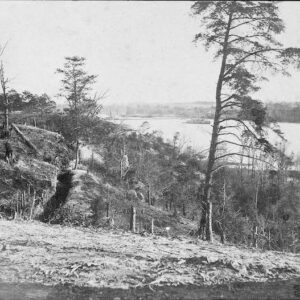
Image ID: AZIM
$1.99 -
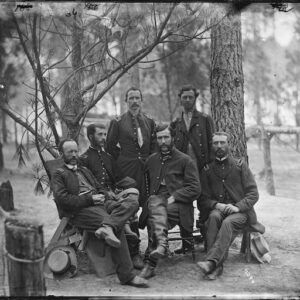
Image ID: AQOG
$6.99 -
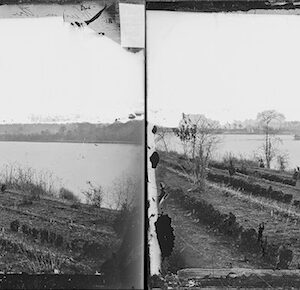
Image ID: AHOH
$3.99 -
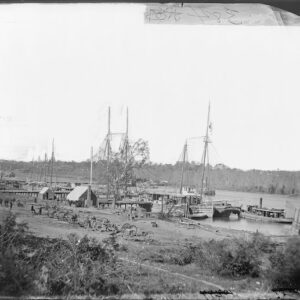
Image ID: AFEH
$1.99 – $4.99 This product has multiple variants. The options may be chosen on the product page -

Image ID: ACTZ
$3.99 – $6.99 This product has multiple variants. The options may be chosen on the product page -

Image ID: AFCM
$3.99 – $6.99 This product has multiple variants. The options may be chosen on the product page -

Image ID: AGQM
$3.99 – $6.99 This product has multiple variants. The options may be chosen on the product page -
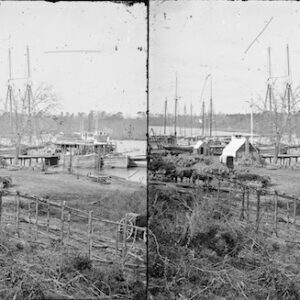
Image ID: ABNV
$6.99 -
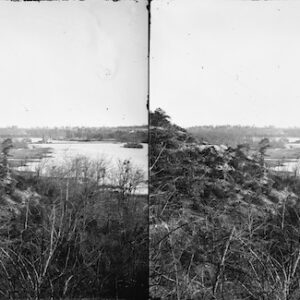
Image ID: ABOK
$6.99 -
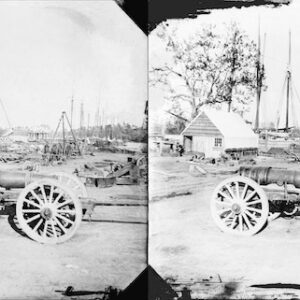
Image ID: ABLO
$6.99 -
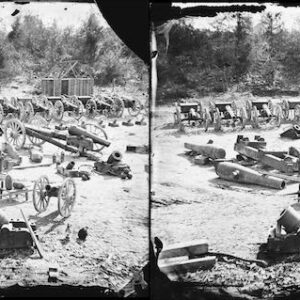
Image ID: ABLP
$6.99 -
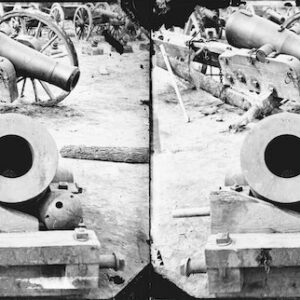
Image ID: ABLU
$5.99 -
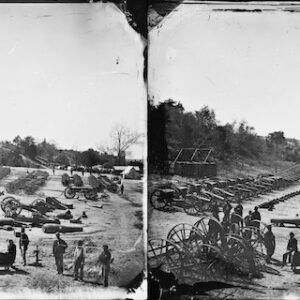
Image ID: ABMF
$6.99 -
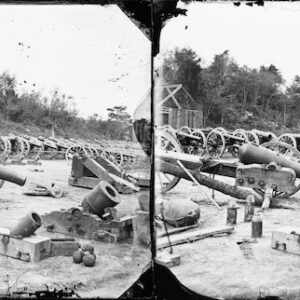
Image ID: ABNS
$6.99 -
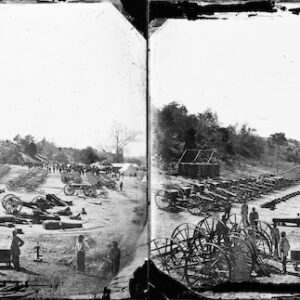
Image ID: ABNZ
$6.99 -
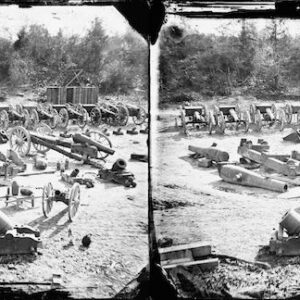
Image ID: ABOB
$6.99